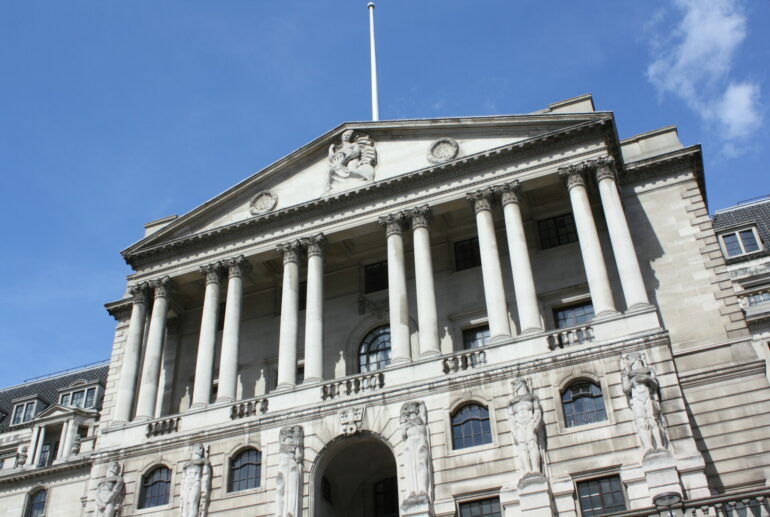The Bank of England has published its quarterly Credit Conditions Survey, showing that lenders reported no change in the availability of secured credit to households in the three months ending February 2023 (Q1).
However, they expect availability to decrease in the three months ending May 2023.
Demand for secured lending for house purchases and remortgaging fell in Q1 but is anticipated to rise in Q2.
The survey also highlights that lenders were becoming more risk-averse before the recent banking scare and were reducing interest-free loan periods.
Defaults on unsecured lending had risen in Q1 and were expected to increase again. The repercussions of the banking crisis remain uncertain, but central banks forecast further tightening in lending.
Susannah Streeter, head of money and markets, Hargreaves Lansdown, said: ‘’Watchful eyes are on any sign of credit conditions tightening as a result of the banking crisis which erupted in March, and the environment in the run up to the turbulence showed that lenders were already becoming more risk averse.
“The interest free loan periods available for credit cards decreased in the first quarter of the year and are expected to narrow further. It’s little surprise that lenders were tightening up, given that default rates for unsecured lending had already increased during the first few months of the year and were expected to lift again towards the summer.
“Lenders were already expecting that there will be less secured credit available for home loans during the Spring months. A squeeze in lending to big firms wasn’t expected in the second quarter, although this may be because demand for credit from larger corporates had decreased at the start of the year.
“Due to the lag effect of the banking crisis, it’s too early to establish just how much the picture will have changed, but central banks are bracing for a further tightening of credit conditions. This was clear from the latest Fed minutes and from the most recent comments from the governor of the Bank of England.
“The repercussions from the collapse of Silicon Valley Bank are expected to tip the US economy into a mild recession, and the Bank of England is also concerned that the rapid nature of recent bank runs may mean lenders will have to increase their capital buffers even further to protect themselves, in addition to the cushions they have built up since the financial crisis.
“Banks have benefited from high interest rates which have boosted their net income margins, but as stormier weather approaches and the need to attract in more deposits rises, those net income margins face a squeeze.’’



